Reading is a complex process. For a child to be able to read proficiently, they must master five key components: phonemic awareness, phonics, fluency, vocabulary, and comprehension. These “Big Five,” as defined by the National Reading Panel, provide a comprehensive picture of what literacy means. Teachers can use the Big 5 to inform their instructional practices and identify areas in which students are proficient and where they may need more help.
While we must always remember that a student is more than a test score, assessments can be powerful tools to track progress and tailor teaching strategies to meet each student’s individual needs. Let’s explore how to assess student’s progress in the Big 5 components of literacy.
How Do I Assess the Big 5 Components of Reading?
 To understand where students need additional support, you’ll want to get a sense of how they’re performing in the Big 5 areas. We recommend using a universal screener and then drilling down from there. You can use our Assessment Flow Chart to figure out how your assessments can pinpoint just what your students need. From there you can put the data you’ve gathered into use in your small group instructional time.
To understand where students need additional support, you’ll want to get a sense of how they’re performing in the Big 5 areas. We recommend using a universal screener and then drilling down from there. You can use our Assessment Flow Chart to figure out how your assessments can pinpoint just what your students need. From there you can put the data you’ve gathered into use in your small group instructional time.
Fluency
Fluency is how well a child reads and understands the content of what they’re reading. Fluency is important to assess because there is a strong correlation between fluency and comprehension. Once a child is no longer focusing on reading the text, they can devote all of their attention on understanding the text.
You can use our Fluency Assessment to calculate a student’s oral reading fluency score to get a picture of how they’re reading compared to grade-level national norms. We recommend using trackers to monitor accuracy and WPM (words per minute) over time.
See it in Action!
Watch as these teachers guide their students in a fluency assessment. See how they explain what fluency is and what the children are expected to do? This communicates expectations and helps children better understand what they’re about to do.
Comprehension
There are many ways to assess comprehension. One simple way to assess comprehension is by asking students to retell what they read and/or asking a couple of questions and scoring their responses using our Retell Rubric. Maximize time by using the same passage you used for the fluency assessment.
Phonics
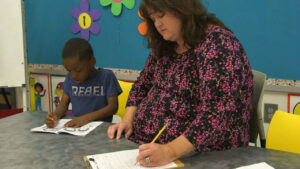 You may find some of your students are having trouble reading fluently and understanding the text. Now you can use the Assessment Flow Chart to meet students where they are and scaffold what they need to fill in the gaps.
You may find some of your students are having trouble reading fluently and understanding the text. Now you can use the Assessment Flow Chart to meet students where they are and scaffold what they need to fill in the gaps.
Phonics refers to the knowledge and ability to use letter-sound relationships to read and spell words. The data you get from phonics assessments can help you pinpoint specific skills students need more support with. Good phonics instruction helps students read decodable words – a vital aspect of fluency. Start by giving students a Phonics Diagnostic Assessment that includes a list of real and nonsense words. If a student struggles with individual words, drill down more to understand a student’s knowledge of letter sounds as this corresponds to a child’s ability to read words.
Protip: When you sense a student getting frustrated, take a break! Praise them on their efforts and use it as an opportunity to make a shift and assess a student’s understanding of letter-sound correspondence.
Phonological Awareness
Phonological awareness is the ability to detect, identify, and manipulate large and small parts of spoken language. Phonemic awareness – or the ability to detect, identify, and manipulate phonemes in a spoken word – is one aspect of phonological awareness. If you have to drill down as far as phonological awareness with a student, we recommend you also check their alphabet knowledge, even though it’s not technically a phonics or phonological awareness skill. Knowing the names of letters can make it easier for a child to match the letter-sound correspondence.
Protip: If a student comes to a letter they do not know, let them skip it, but note it on your recording sheet.
Vocabulary
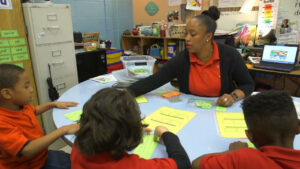 Vocabulary is the knowledge of words and word meanings – an integral part of comprehension. Even if students can decode a word, if they don’t know what it means, they can’t fully comprehend the text. Students must have both fluent word recognition skills and a robust vocabulary. Without intervention, a student’s word gap grows larger and larger, making comprehension harder to achieve.
Vocabulary is the knowledge of words and word meanings – an integral part of comprehension. Even if students can decode a word, if they don’t know what it means, they can’t fully comprehend the text. Students must have both fluent word recognition skills and a robust vocabulary. Without intervention, a student’s word gap grows larger and larger, making comprehension harder to achieve.
Check out our list of engaging vocabulary formative assessment ideas to incorporate in your classroom. Remember, readers can’t comprehend texts without most of the words mean, which is why we must always build upon our student’s vocabulary knowledge.
Ensuring Literacy for All Children
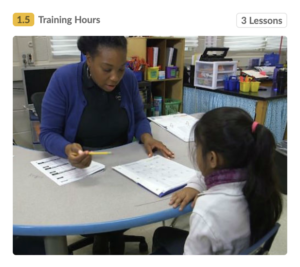
The absence of automatic word recognition or vocabulary can be detrimental to a child’s future. You can drill down to create a comprehensive picture of each child’s reading abilities and keep track of their progress. Knowing your students makes it possible for us as teachers to adapt our instructions to make each child a successful reader.
Want to learn more? Take our free, video-based course “Assessing Our Students” to learn more about how you can effectively meet children where they are.

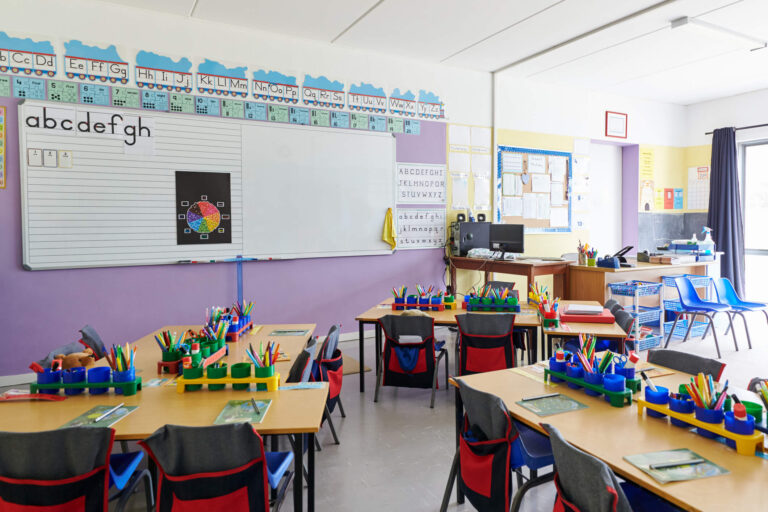
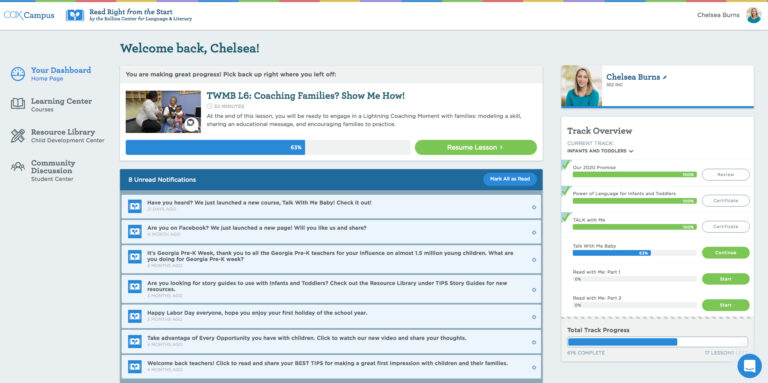
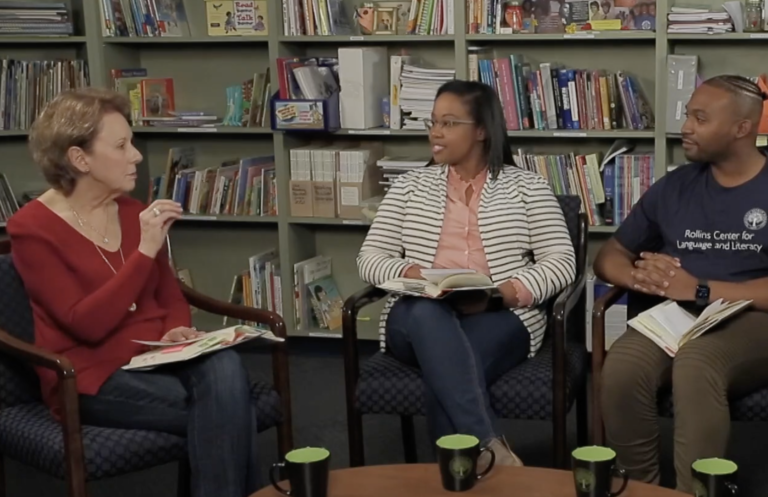
work with a small group in the class room
Student must have word recognition skills.
when a student get frustrat take a break.
Care about children as a whole.
To engage in their learning.
Meaningful relationship with staff and children
Understand what the kids are doing when they are ready.
Reading to the kids and making sure that they understand
Celebrating early learning with the students
Having a good relationship with the students and making them feel good about them self.
Thank you so much! God bless…
Great help.
I didn’t know how to assess reading……with its components…by the way, pronunciation comes in which part, fluency or something else…..
Thank you for sharing.